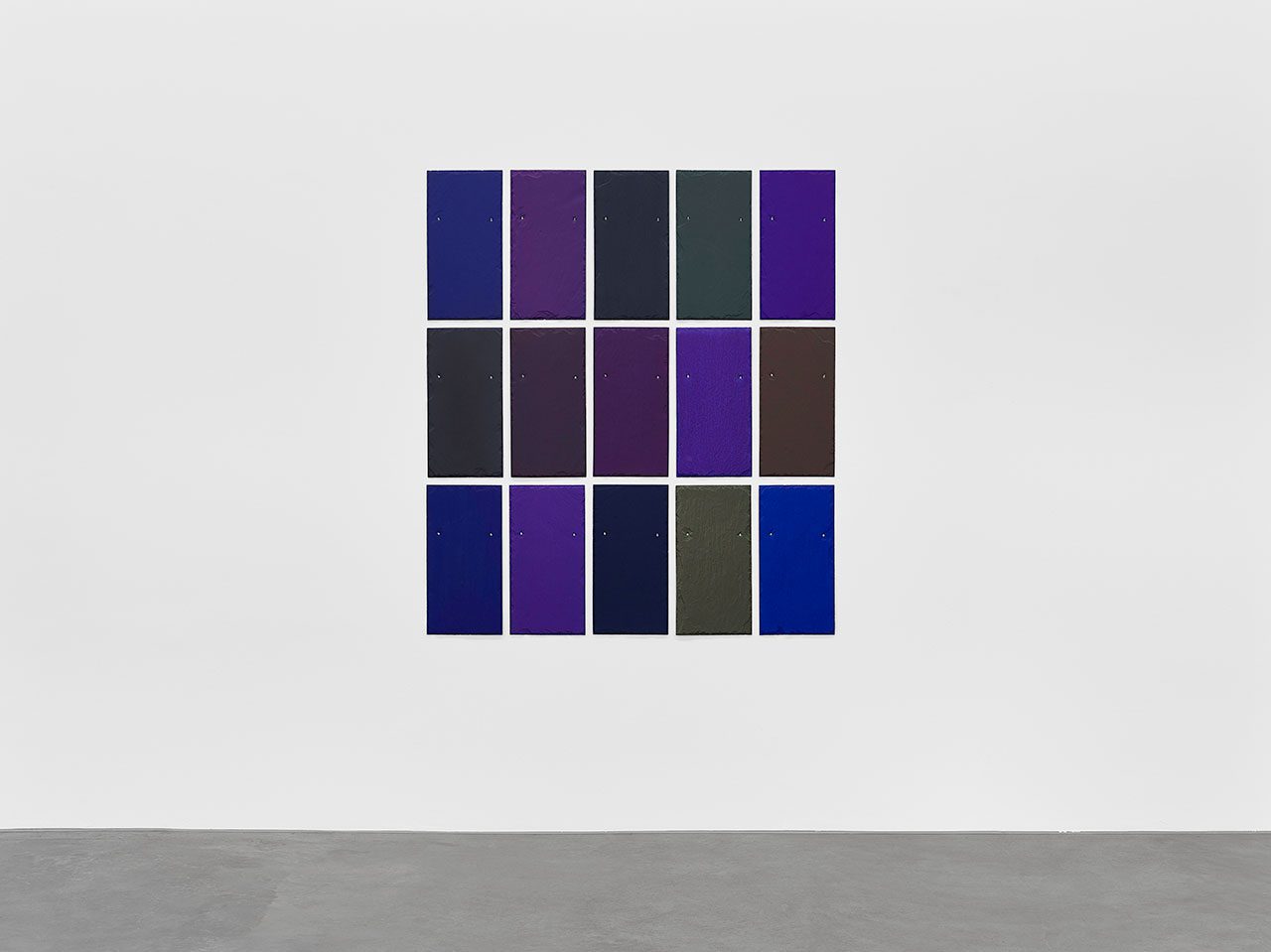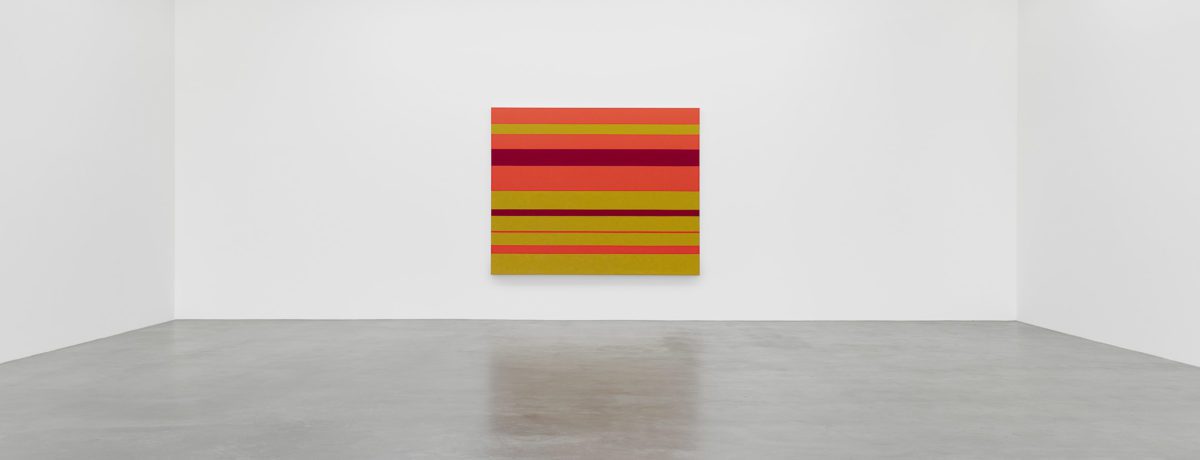PRESENTATION:Color In Focus.
The Paul Ege Art Collection is the culmination of a lifelong passion shared by the Freiburg entrepreneur and art patron Paul Ege, who passed away in 2019, and his wife Helga. The Paul Ege Art Collection (PEAC) is now one of Europe’s most comprehensive collections in the field of color painting, including additional works representing Minimalism and Conceptual Art.
By Efi Michalarou
Photo: PEAC Archive
The exhibition “Color In Focus-Works From The Paul Ege Art Collection” highlights the fascinating role of color has played in art from the 1970s to the present day. Around thirty works from the Paul Ege Art Collection are on display, including paintings, installations, objects and prints, alongside new works by artists from the collection as well as loans. The exhibition’s point of departure is the work of painter and draughtsman Frank Badur, who has a number of works in the collection. The exhibition builds on PEAC’s conceptual approach of exploring the collection thematically through the lens of a single artist’s practice, creating a lively dialogue between art historical pioneers and contemporary artists. Frank Badur’s sensitive attentiveness is focused less on phenomena of the world of objects than on the phenomenal possibilities of art itself. His drawings appear to have emerged from the graph paper; his paintings, from a special sense for tone colors and contrasts. If one wanted to scout about in art historical categories for his work, one would stumble on sources in Concrete painting and in Constructivism as well as in influences from color field painting and minimalist art. Frank Badur’s palette is indeed minimalist, frequently he employs just two colors in a painting, composed in color fields, placed in tension and counterbalanced to each other. This results in an interaction in which the colors and their weights support, influence, and topple one another, thus liberating phenomena that trust only the possibilities of artistic concretion and construction. Frank Badur’s work has strong ties to Concrete Art and unfolds in the charged relation between strictly constructed surfaces and color as a central design element. The exhibition is structured around these two poles—Badur’s analytical approach and his artistic intuition in the use of color. It explores topics that deal with both the materiality of color and the viewer’s perception, as well as the relationship between color and form, creating cross-generational dialogues with works by artists in Color Field painting, Radical Painting, and contemporary positions. In addition to works by Badur, the exhibition also features pieces by Josef Albers and Rupprecht Geiger, among others, that explore the impact of color. In his color experiments, Albers systematically investigates how our perception changes depending on different combinations of colors and shapes. In one exhibition room, the seemingly monochrome paintings of Joseph Marioni, Rudolf de Crignis, and Winston Roeth, all of whom focus on the sensual perception of color, are presented together. Alongside these examples of Radical Painting*, the exhibition also includes paintings by Marcia Hafif, another important representative of the art movement. Hafif meticulously researched the fundamentals of color painting and was interested in the material of the painted surface as well as the properties and durability of the paint.
*Radical Painting denotes an abstract art tendency in Europe and North America, which was in existence in the 1980s and 1990s and has to be seen in the light of Postmodernism. The term Radical Painting was used in the context of an exhibition at the Williams College Museum of Art in Williamstown (MA) in 1984 for the first time. It describes a self-referential art, which addresses topics of its immanent characteristics – especially color, but also image carriers, surface and structure. The Radical Painting artists and their monochrome painting are in the tradition of Post Painterly Abstraction of the 1950s and 1960s and shows notions of Minimal Art. The roots of radical art can also be found in the stylistic ambitions of Constructivism, Suprematism and Art Concret. In terms of style, radical painting is characterized by mostly monochrome works that focus on color effects, shading and material properties, entirely doing without external motifs. Radical Painting enables the observer to sensually experience the pict
Works by: Josef Albers, Kirstin Arndt, Corey d’Augustine, Frank Badur, Rudolf de Crignis, Rupprecht Geiger, Marcia Hafif, Martina Klein, Imi Knoebel, Axel Lieber, Richard Long, Joseph Marioni, Cristina Ohlmer, Andrea Ostermeyer, Andreas von Ow, Winston Roeth, herman de vries
Photo: FFrank Badur, #09-03, 2009 © VG Bild-Kunst, Bonn 2024, Photo: Bernhard Straus
Info: PEAC (Paul Ege Art Collection), Robert-Bunsen-Strasse 5, Freiburg i. Br., Germany, Duration: 6/4-17/8/2025, Days & Hours: Tue-Sun 11:00-17:00, www.peac.digital/en




